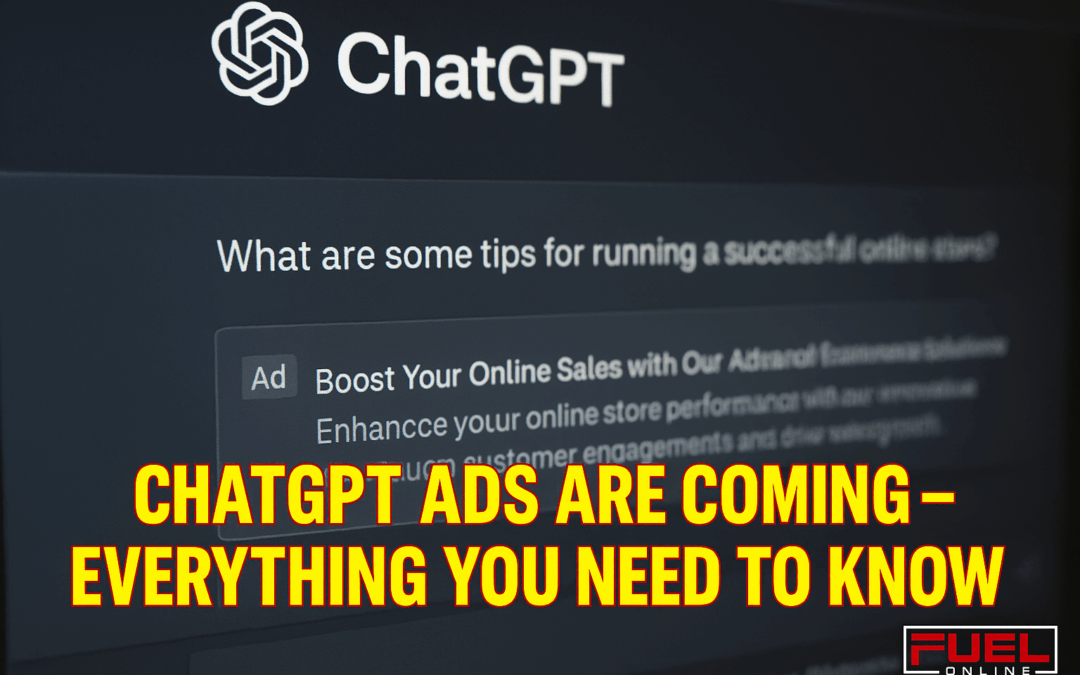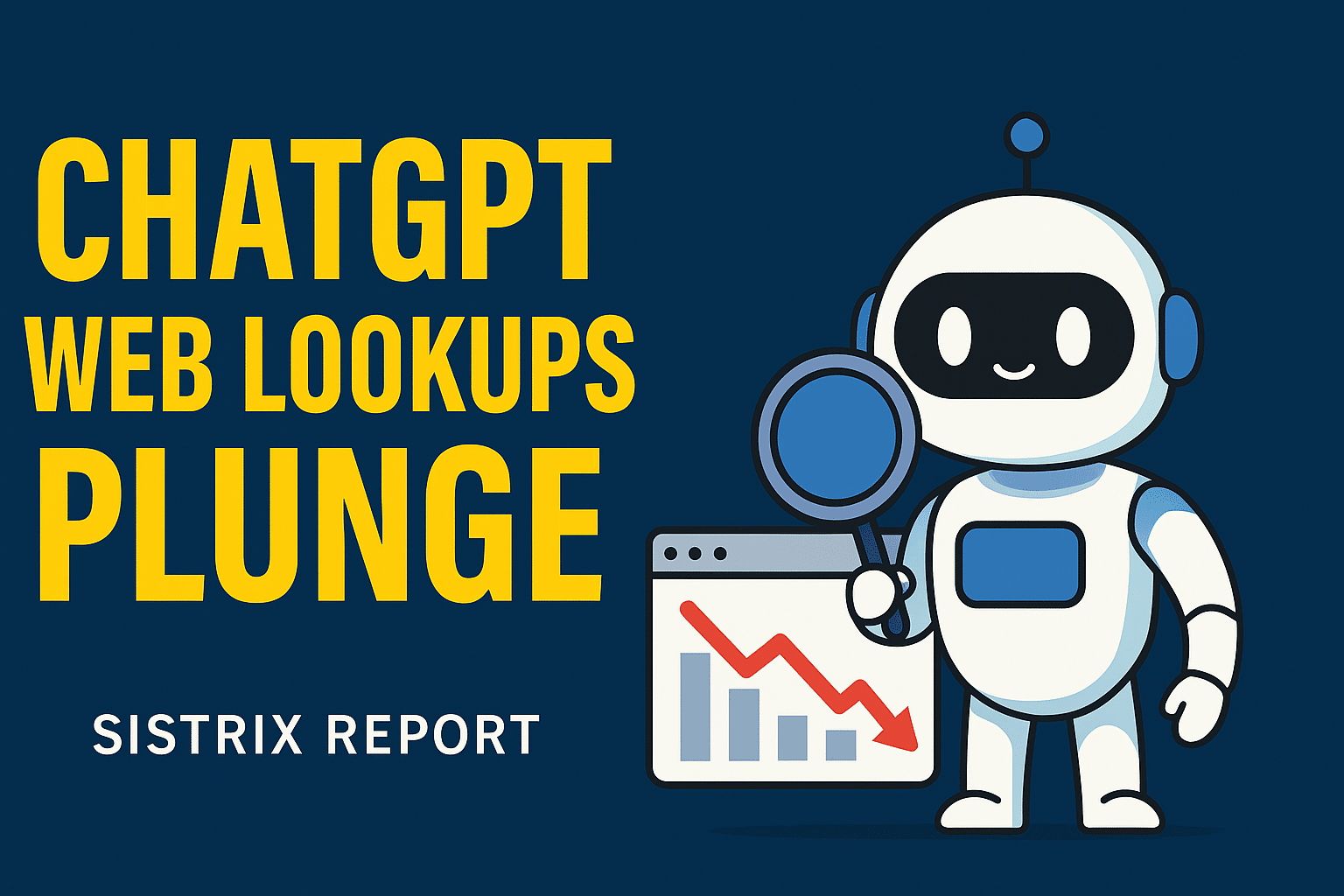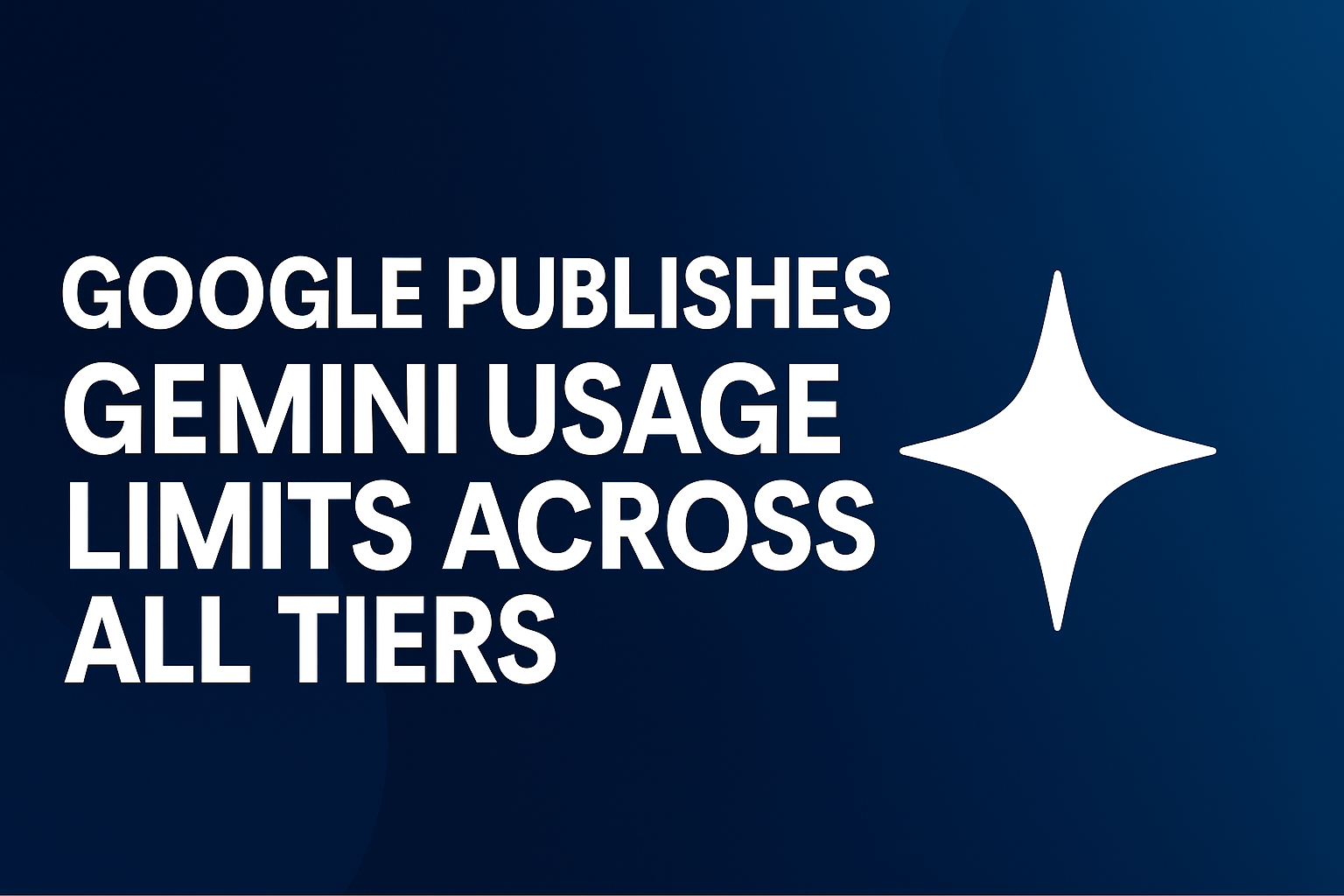For more than a decade, PPC attribution felt deceptively simple. A consumer clicked an ad, bought a product, and the platform tied the revenue neatly to that click. Brands and agencies could optimize budgets with confidence, clients felt reassured by clean numbers, and performance marketers often looked like magicians.
That era is over.
Today, the landscape is infinitely more complex. Between privacy-driven data restrictions, fragmented customer journeys, and the black-box nature of platform AI, the old model of “plug in a pixel, trust the report” has collapsed. Attribution hasn’t died—it’s evolved. And the marketers who adapt fastest will be the ones who dominate in the next decade of digital advertising.
Why Attribution Became So Complicated
1. Privacy and Regulation Cracked the System
The cookie-based world of digital ads was built on near-invisible tracking. Laws like GDPR and CCPA, plus Apple’s App Tracking Transparency (ATT), dismantled that surveillance. Google’s phasing out of third-party cookies is the final nail in the coffin. Marketers now live in a consent-based world, where tracking is less about spying and more about value exchange.
2. Cross-Device, Multi-Touch Journeys Are the Norm
A prospect might first see your brand on TikTok, Google you later on mobile, sign up for an email offer, and only weeks later buy on desktop. The path to purchase looks more like a tangled web than a straight line. Last-click attribution is blind to this reality.
3. Platforms Control the Data (and Favor Themselves)
Google, Meta, Amazon, TikTok, and others operate as walled gardens. Their dashboards often exaggerate their role in conversions, while limiting your ability to validate with third-party data. This isn’t malicious; it’s survival. But it makes “trusting the dashboard” a dangerous strategy.
4. AI Made Campaigns Better—But Opaque
Campaign optimization has shifted from human-managed bids to machine-driven allocation. Platforms optimize with billions of signals you’ll never see, and the tradeoff for efficiency is transparency. You win on ROAS but lose clarity on the “why.”
Rethinking the Purpose of Attribution
Too many teams still treat attribution as a forensic tool—trying to find the one ad or the one click that closed a sale. That thinking is outdated.
Attribution’s role now is directional, not absolute. It helps you understand systems of influence, test hypotheses, and make smarter budget allocations across platforms. The job of the marketer isn’t to get perfect visibility (that’s gone). It’s to extract actionable insights from imperfect data.
What Marketers Must Do Next
1. Move Beyond Last-Click Thinking
Last-click was convenient, not accurate. A YouTube ad that sparked awareness deserves credit even if the final checkout came from a Google search ad. The future lies in multi-touch and probabilistic attribution, where different touchpoints get weighted contributions toward the sale.
2. Embrace Incrementality Testing
Incrementality testing answers the most important question: Would this sale have happened without the ad?
Examples of incrementality methods:
-
Geo Split Testing: Run ads in one region but not another, then compare lift.
-
Audience Holdouts: Withhold ads from a randomized control group and measure the difference.
-
Creative/Offer Holdouts: Run test vs. control to measure true lift.
This approach is slower and less neat than dashboards—but it reveals truth.
3. Build a First-Party Data Foundation
Your own CRM and customer data are now gold. By capturing email addresses, preferences, and purchase history (with user consent), you’re no longer fully dependent on platforms. First-party data lets you track customer journeys across channels and link ad exposure to lifetime value (LTV), not just one transaction.
4. Adopt Server-Side Tracking
Client-side pixels can be blocked or distorted. Server-side tagging (via Google Tag Manager server-side or custom pipelines) improves accuracy, reduces data loss, and provides a more stable foundation for attribution in a privacy-compliant way.
5. Lean Into Media Mix Modeling (MMM)
Media mix modeling, long used by big brands, is making its way into performance marketing. By analyzing large-scale spend, impressions, and outcomes over time, MMM can reveal which channels drive sales—without needing individual-level tracking. It’s probabilistic, not deterministic, but in aggregate it’s often more reliable than flawed pixel data.
6. Report on Outcomes, Not Vanity Metrics
Attribution reports often obsess over click-through rates or “assists.” Clients don’t care. They care about outcomes:
-
Revenue growth
-
Cost per acquisition (CPA)
-
Customer lifetime value (LTV)
-
Marketing efficiency ratio (MER)
Attribution should support these outcome metrics—not distract from them.
Advanced Insights Beyond the Basics
Attribution as an Organizational Alignment Tool
The biggest attribution challenge isn’t technical—it’s cultural. If marketing, sales, and finance all define “success” differently, attribution wars erupt. Leaders must define one source of truth, one framework for evaluating results, and one shared understanding of marketing’s role. Without this, data debates become endless turf wars.
Creative’s Role in Attribution Blind Spots
When platform-level visibility drops, creative becomes your differentiator. Strong creative increases signal clarity because effective ads cut through regardless of measurement noise. Treat creative testing as seriously as bid optimization.
Diversification Reduces Attribution Risk
If you’re 90% reliant on one channel’s reporting, you’re in danger. A well-balanced media mix (search, social, video, native, programmatic, influencer, email) reduces attribution distortion and gives you multiple vantage points on performance.
AI-Assisted Forecasting as the Next Step
Instead of only looking backward, advanced marketers are training machine learning models on their own historical data to predict forward performance. These models can adjust budget allocations dynamically—even without perfect attribution visibility. This makes you less dependent on black-box platform algorithms and more resilient to tracking loss.
Practical Example: A Real-World Attribution Shift
Consider a DTC fitness brand running Facebook ads. Two years ago, they could track purchases directly to ad clicks with near-perfect precision. Today, iOS privacy rules and cross-device behaviors mean Facebook under-reports some sales, while Google Analytics misses multi-device touchpoints.
Instead of panicking, the brand:
-
Runs geo holdout tests to prove Facebook ads drive incremental lift.
-
Builds a robust email capture funnel to tie ad spend to repeat-purchase LTV.
-
Implements server-side tracking for more stable reporting.
-
Uses a lightweight media mix model to inform monthly budget decisions.
The result: attribution isn’t perfect—but their decisions are smarter than ever, and the business grows with confidence.
The Future of Attribution: From Certainty to Strategy
Attribution will never be as “easy” as it once was. But maybe that’s a good thing. The old world encouraged lazy optimization—trusting pixels, overvaluing last-click, and underestimating creative.
The future belongs to marketers who:
-
See attribution as guidance, not gospel.
-
Test incrementality with discipline.
-
Build moats with first-party data.
-
Balance art (creative) with science (data).
-
Lead organizational alignment around revenue, not vanity metrics.
Final Takeaway
The end of easy attribution isn’t the end of PPC. It’s the end of illusions. The marketers who succeed in this new era will be those who can extract clarity from complexity, align teams around outcomes, and future-proof measurement strategies against ongoing privacy and platform shifts.
Attribution is no longer about finding the one touchpoint that closed a deal. It’s about understanding the system of influence—and using that understanding to drive consistent, measurable growth.








